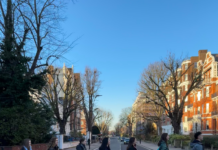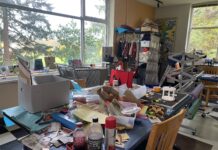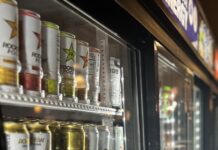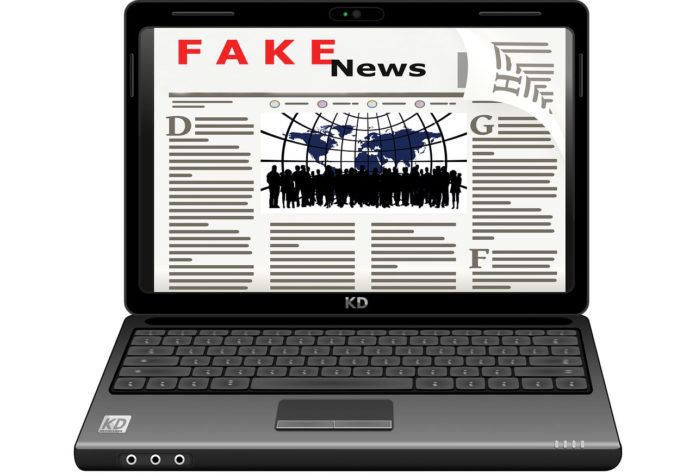
RIZELLE ROSALES; Mast Mag Editor; mastmag@plu.edu
Imagine walking into the world’s largest 24-hour conveyor-belt buffet. They have the technology, funding and resources to produce unlimited amounts of every dish imaginable to enjoy without having to leave the table. With options like all-day breakfast, a sushi bar and a chocolate fondue fountain, it wouldn’t be easy to prioritize a healthy portion of nutritious food.
This buffet represents the access we have to media today in the U.S. Our ability to consume a constant stream of input on autopilot is much like absentmindedly reaching into an open bag of snacks on the kitchen table. In an age of abundance, how do we approach the decision-making process in consuming media?
With the rise of fake news, impulsive tweets and national tragedies, media literacy is critical to making sense of the events, patterns and structures of power that dictate our everyday lives. Developing a well-rounded taste in media is a way to look critically at forces of injustice and engage in powerful dialogue and action.
This practice, however, is no easy feat. Balancing the intake of credible news, published opinion and entertainment—and knowing the difference—is vital.
Broken down into four steps, media literacy consists of identifying credible sources, contextualizing the content, synthesizing information with other sources and taking breaks.
Step 1: Identify
Though it may sound obvious, noting the date, author and publisher of the piece is critical to confirming credibility and legitimacy.
Opinion and news articles distributed by legitimate publications are cycled through several rounds of copy editing and fact-checking to ensure accuracy. However, blog posts published online by independent writers do not always go through the same process.
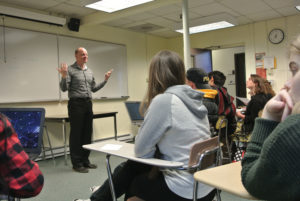
PHOTO BY RIZELLE ROSALES
“It’s not like the old days when people open a newspaper and the editorials are all in one section,” Schabot explained. “Now, people get whatever article is first on their Facebook feed.”
Social media plays a large role in blurring the lines between news, opinion, entertainment and advertisement. The rise of native advertising and “infotainment” can drown out information in comedy or flashy clickbait.
A fundamental element of identification is recognizing when the media outlet is politically biased by the funding and support they receive from outside organizations, affecting content, language and coverage.
Once these genres and biases are identified and separated, then the viewer can see the pieces of media for what they are.
Step 2: Contextualize
Can you spot the real vs. the fake news? Take these quizzes to find out:
Contextualizing media can help the viewer see how the information is informed by norms, ideologies and other cultural influences.
Thoroughly reading more than just a headline and the lead, as well as recognizing the political leaning of the publication, is a large part of Schabot’s advice on putting context to media.
Political facets of news media in the U.S. stretch back to our nation’s first federalist and anti-federalist newspapers, Shabot said. Politically biased articles have been around since the country was founded.
“What students don’t realize is that news is episodic—it cycles through,” said Schabot. “If the first episode of news was the first newspaper back in the 1700s, you’re coming in as a new viewer at episode 1,560 without any context. Without context, the news can put you in a state of perpetual rage.”
Recognizing political and chronological context can help viewers find something closer to the truth, and seeing the whole picture can help the audience find hope in resolution as the episodes continue.
Step 3: Synthesize
Smart media, like a satisfying meal, rarely consists of one ingredient. The magic happens with the combination of different ingredients and cooking methods, getting information from various sources and applying your own heat of critical analysis.
However, it is all too easy to choose media that are convenient and pleasing instead of nourishing and informative. The interference of confirmation bias can funnel a consumer’s exposure to information that is exclusively within their worldview.
“If you’re only watching the ‘Colbert Report’ and reading a few articles here and there on Facebook, you’re not getting a well-rounded view of what’s going on,” Schabot explained. Gathering diverse information is the best way to get a clear picture of the inner-workings of society.
Step 4: Take a Break
Taking the time to relax might be the most important step in this process. “We definitely need to take those mind breaks,” said Schabot. “I don’t think we should live in a perpetual state of rage.”
Trying to maintain a perfect diet of exclusively informative media isn’t realistic or sustainable. Taking a break to watch YouTube cooking shows or the new Netflix comedy special gives your mind a chance to decompress and renew a sense of clarity after a day of dense news reports.
Taking time away from screens in general can actually improve literacy, and taking time to talk with community members and peers helps process information. It can rejuvenate a grounding sense of hope and positivity to discuss things with others.
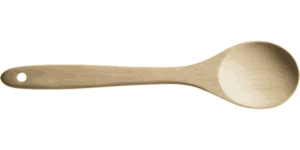
In the same way that health and physical education classes give students the tools to interpret portion sizes and nutrition labels to make informed consumption decisions, media literacy education can teach students the skills needed to discern and filter through the abundance of media that influences our the structures that affect our daily lives.


